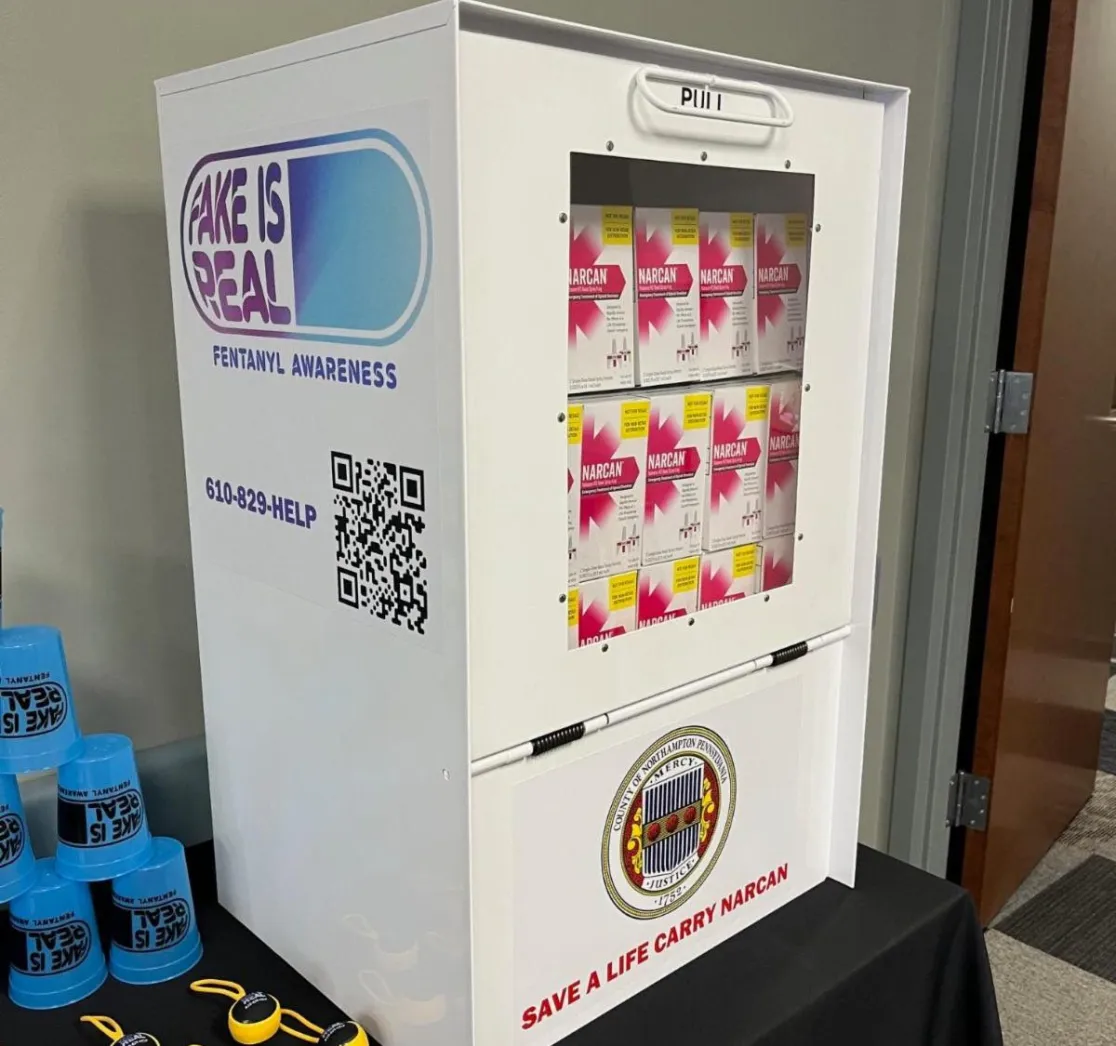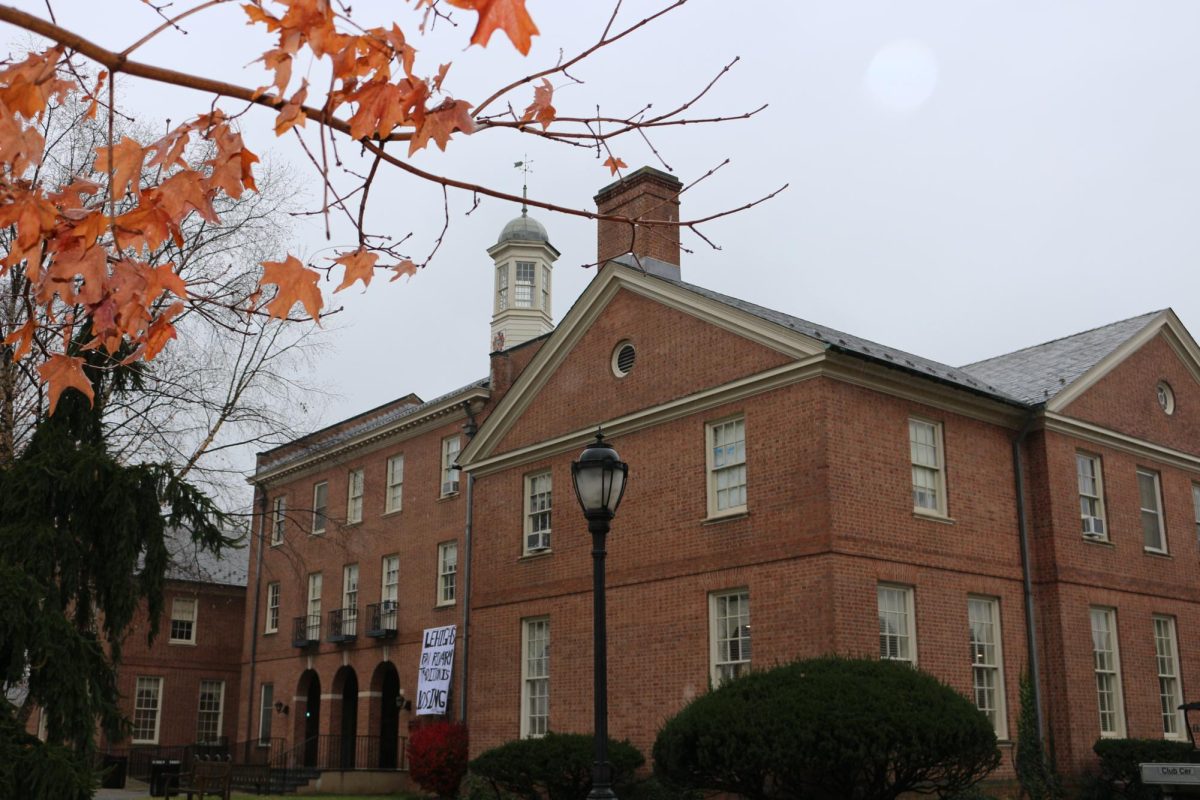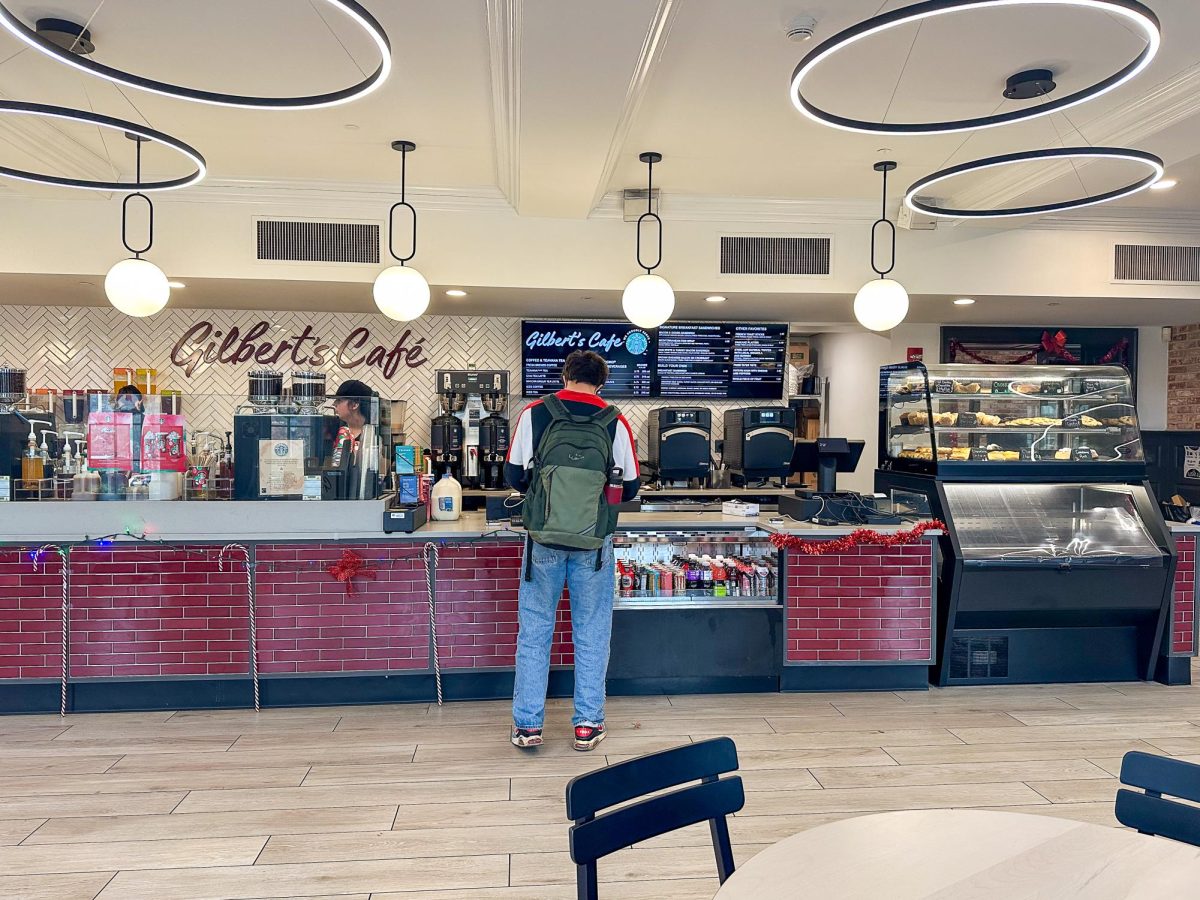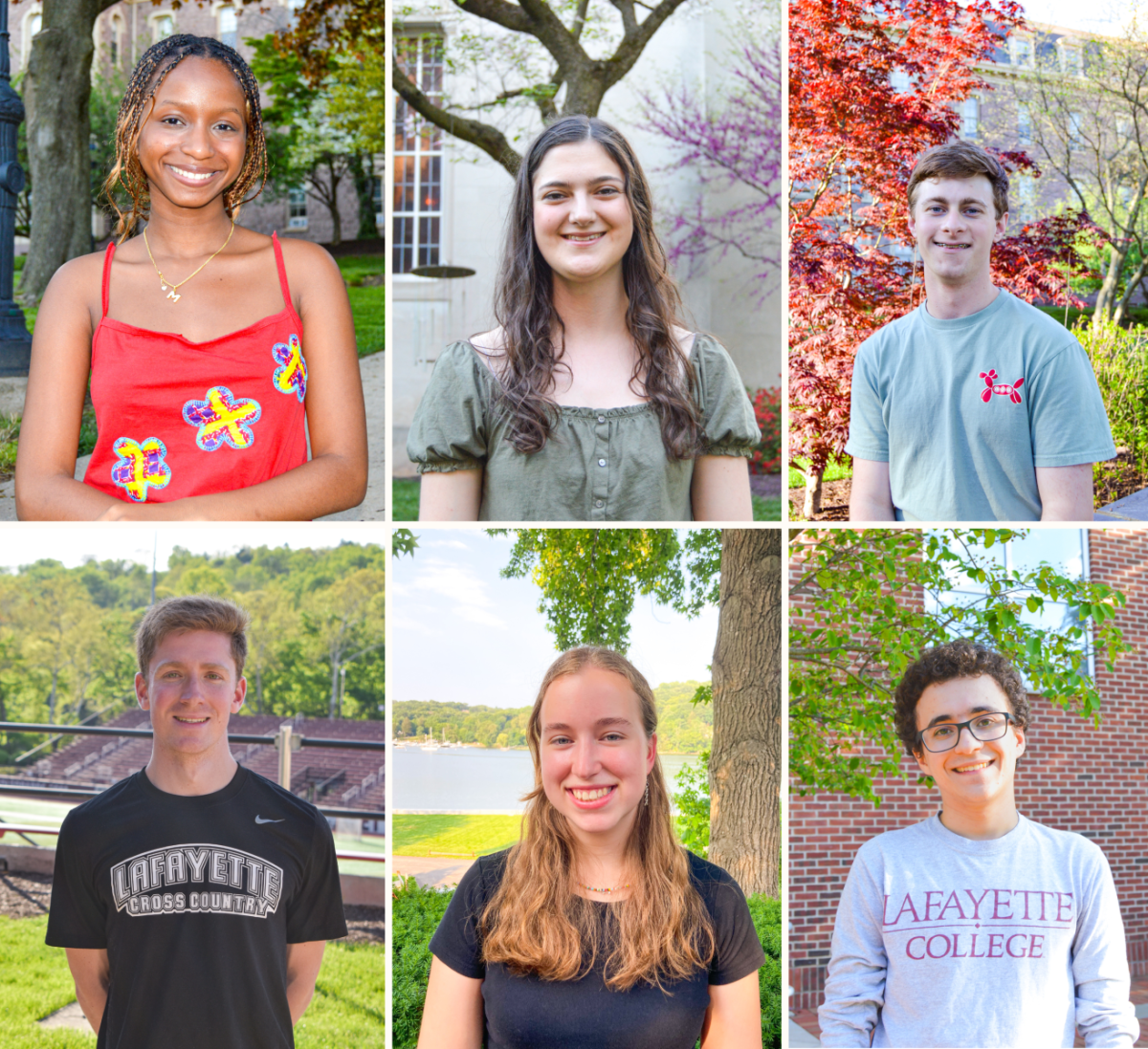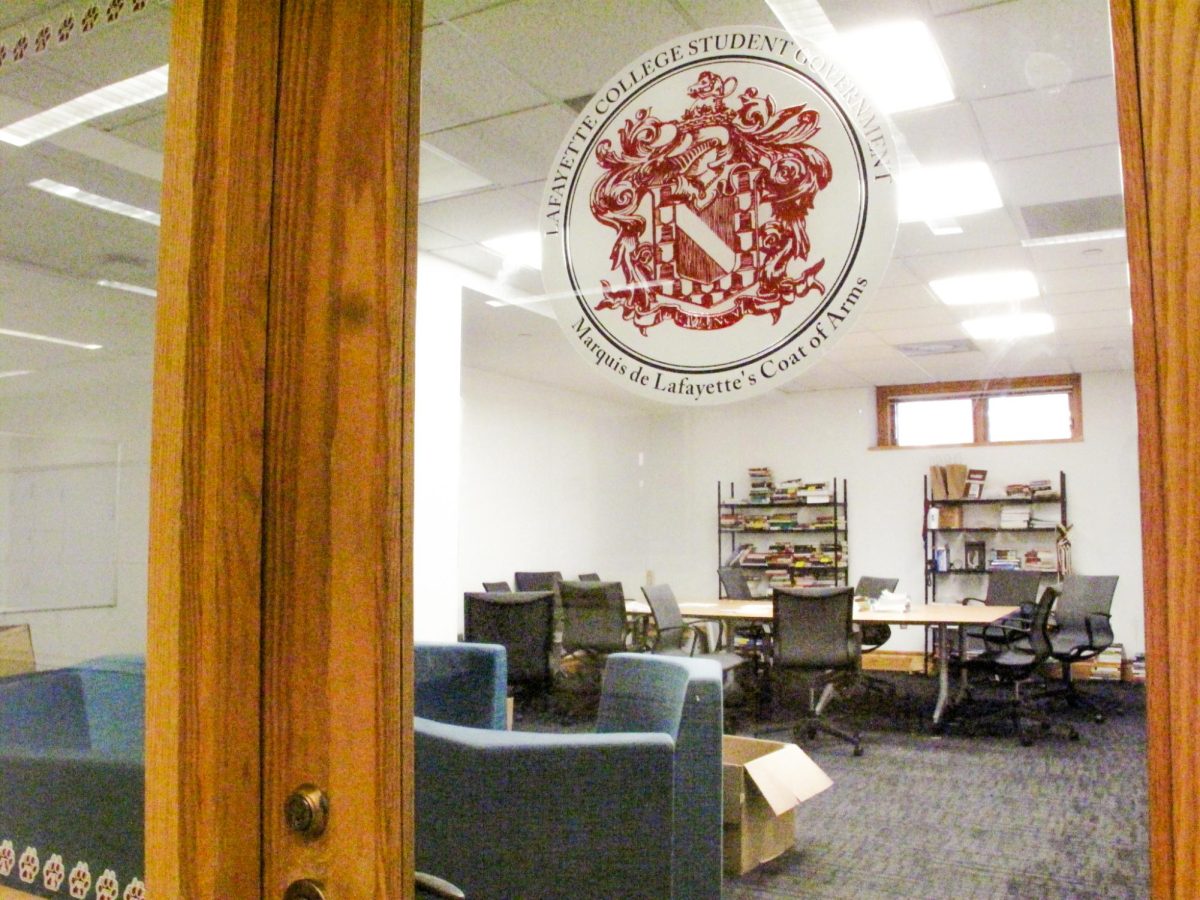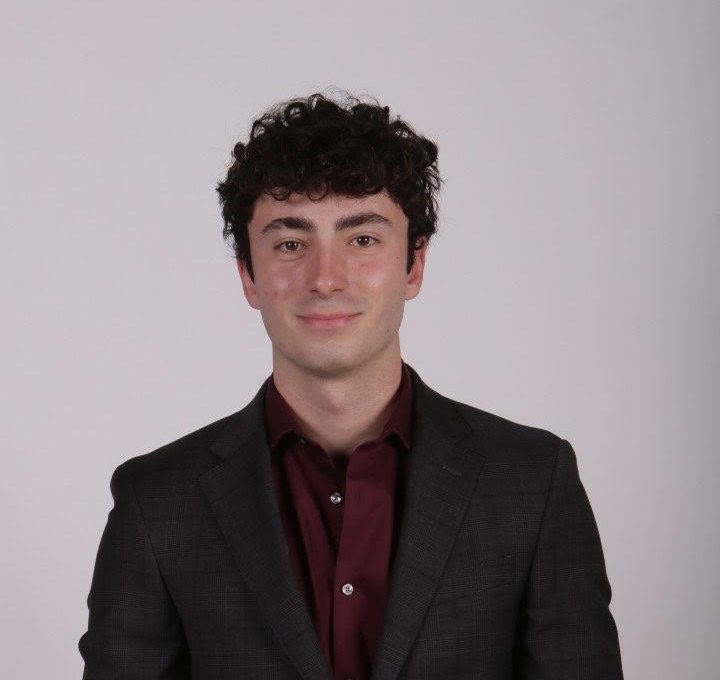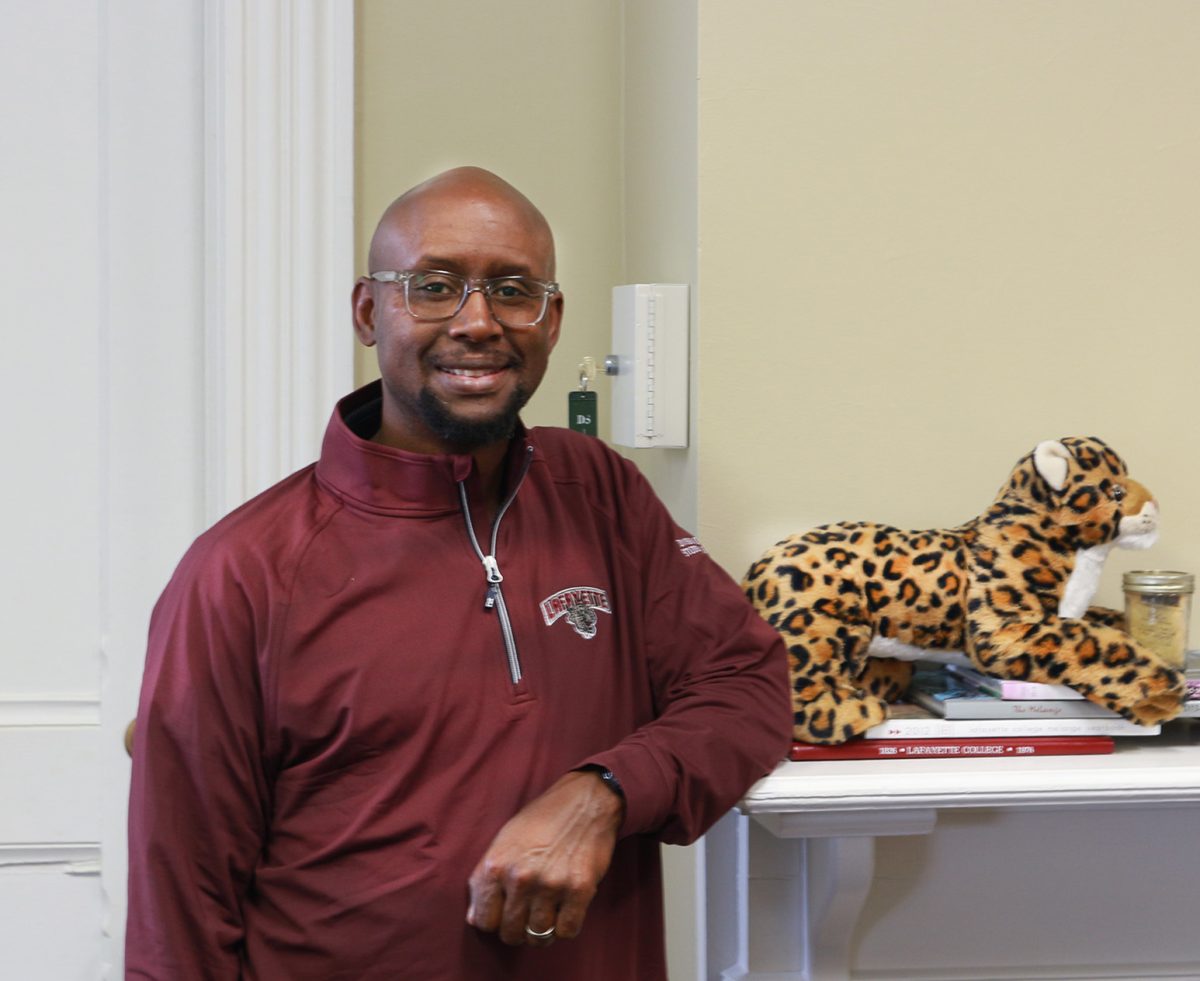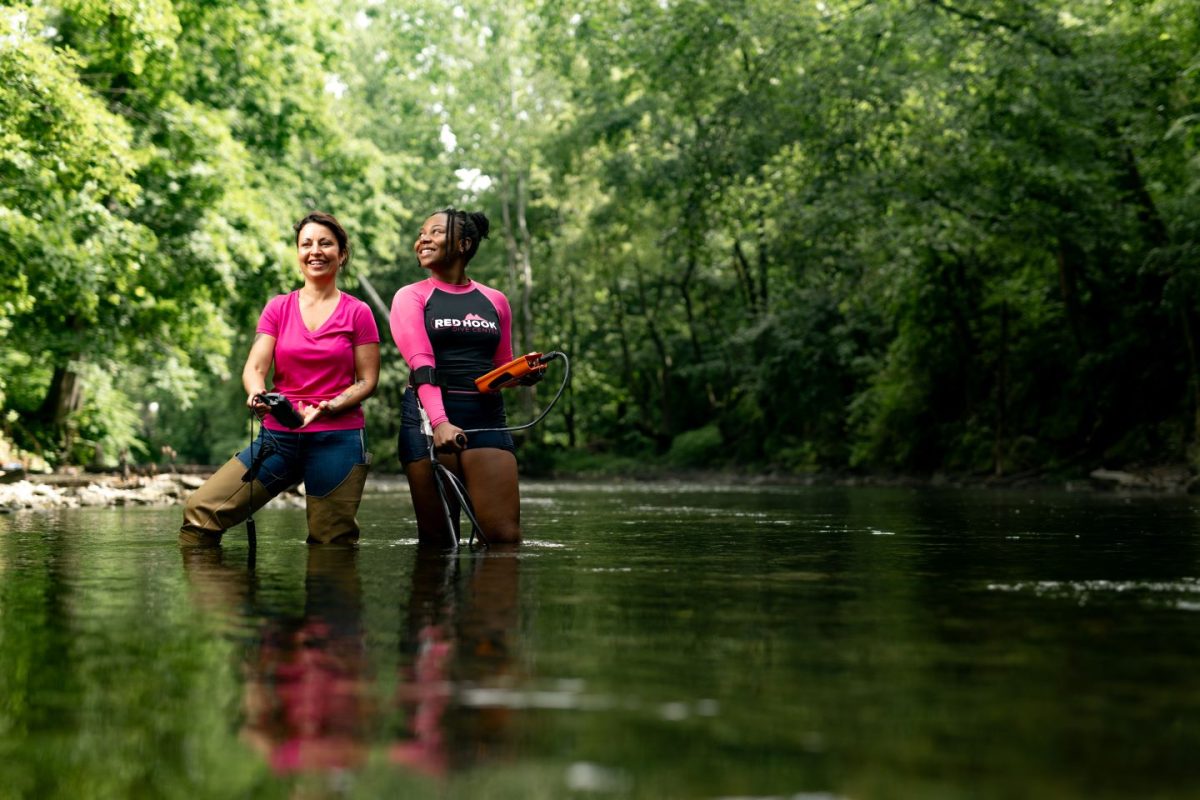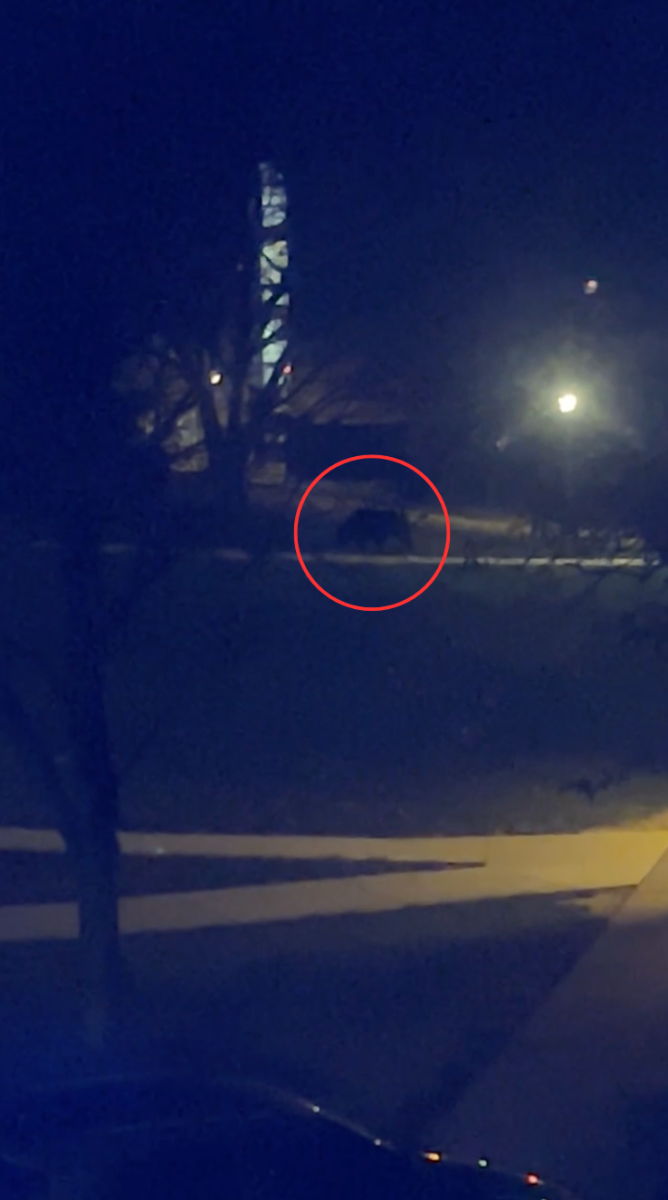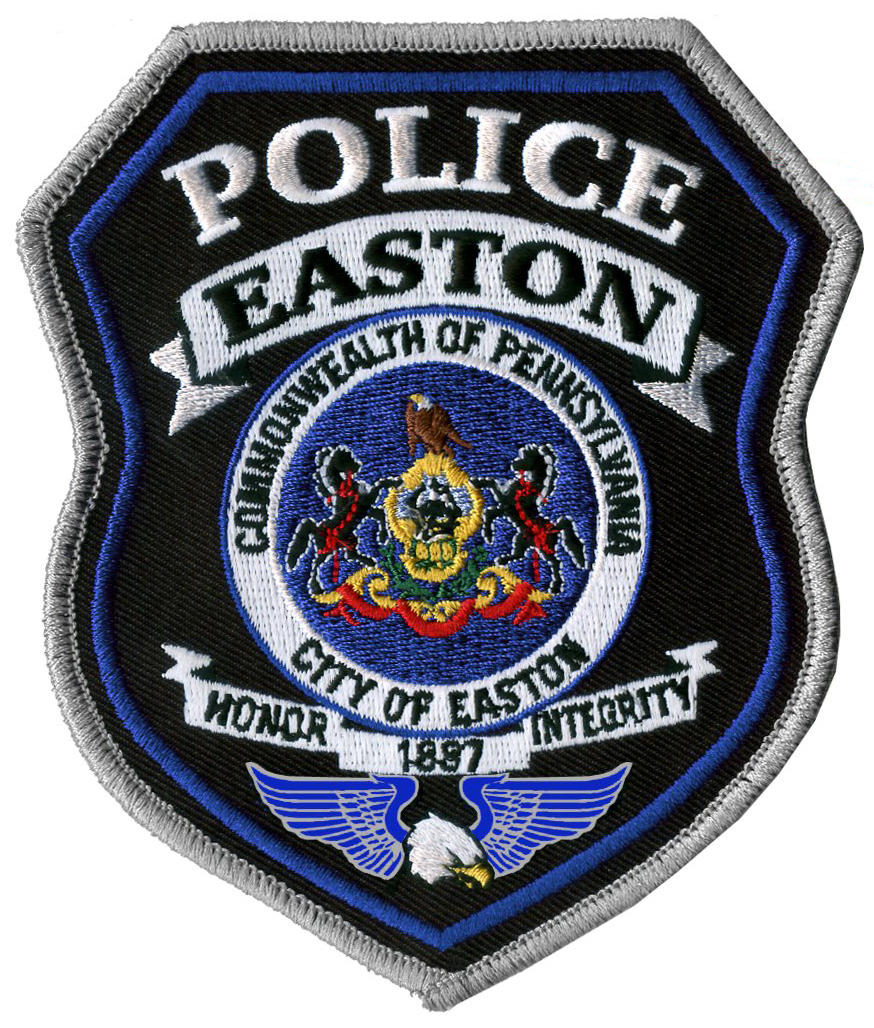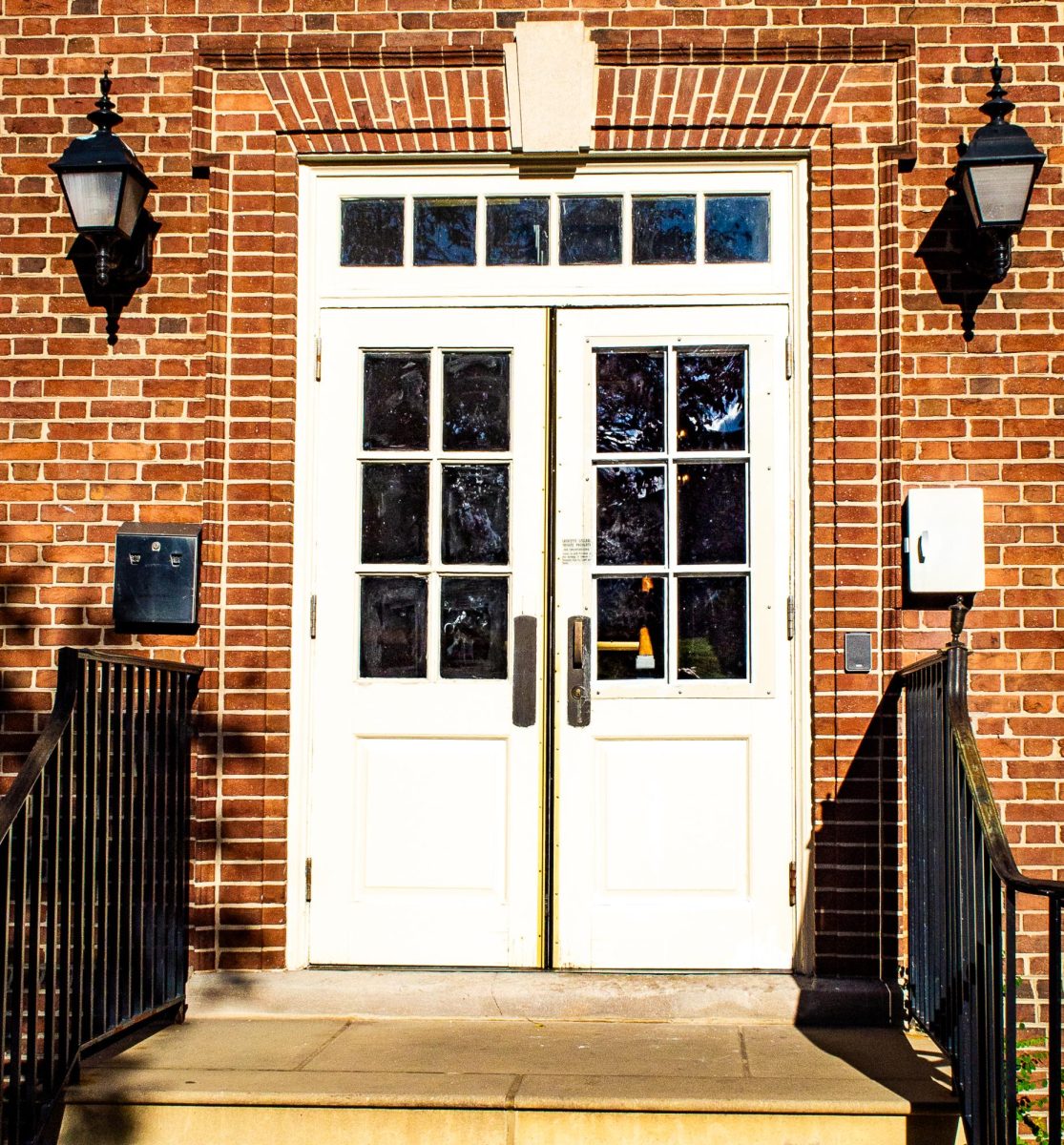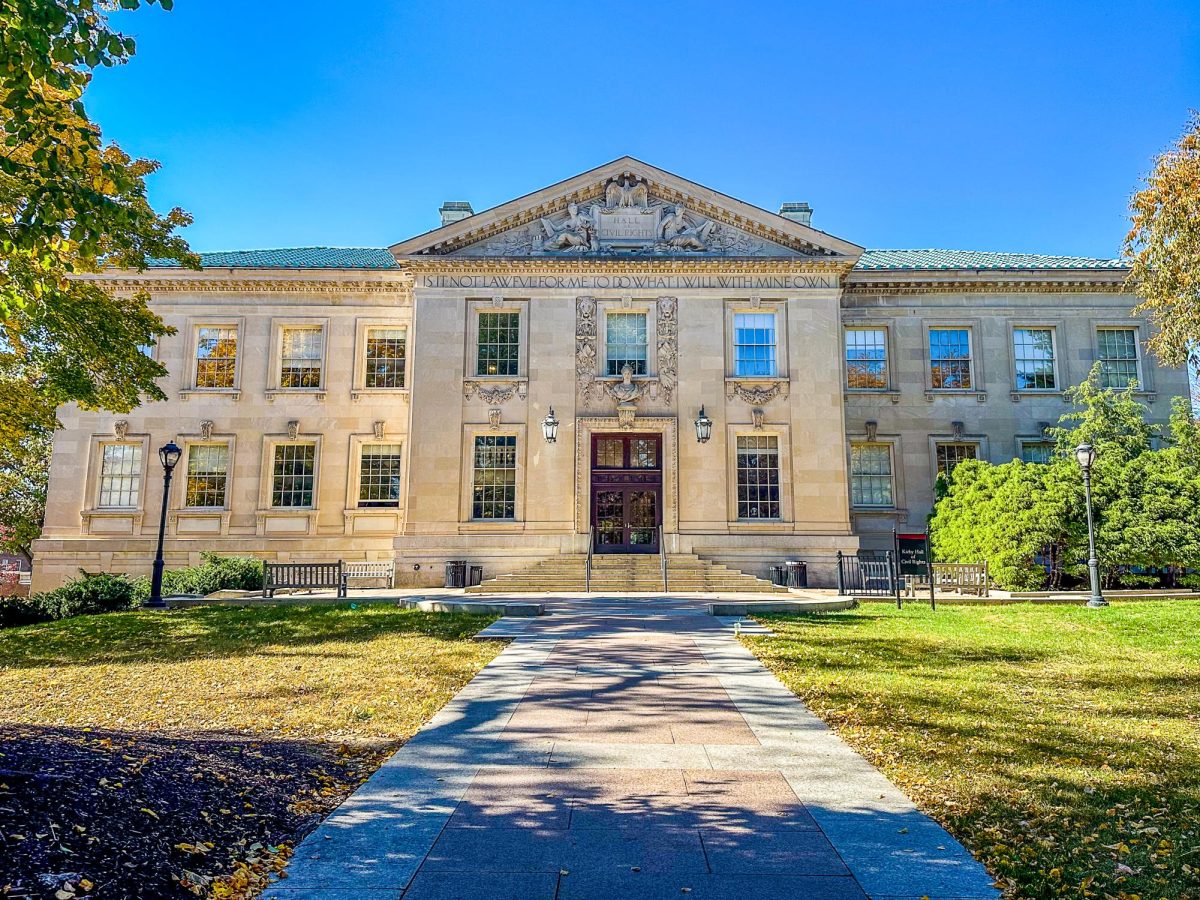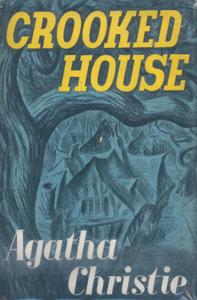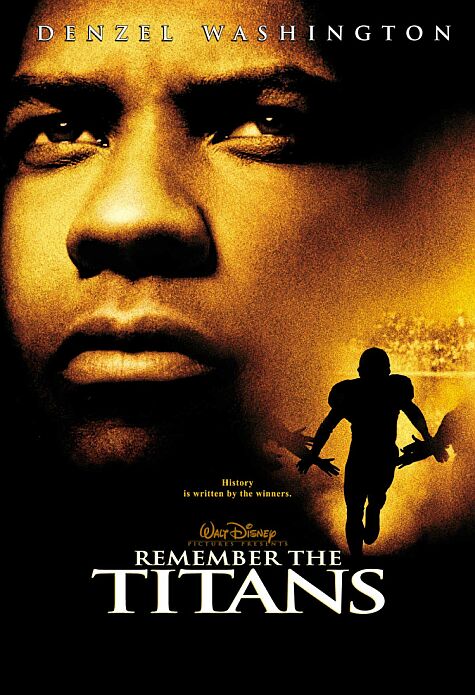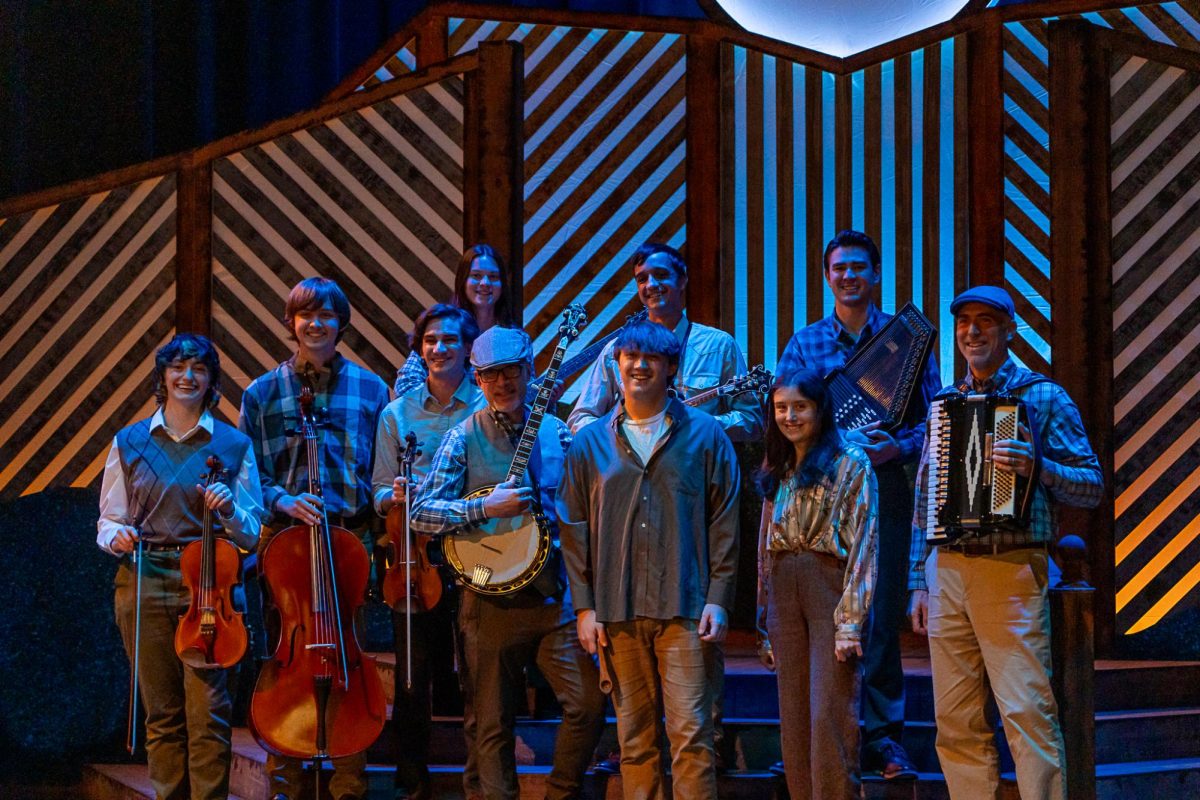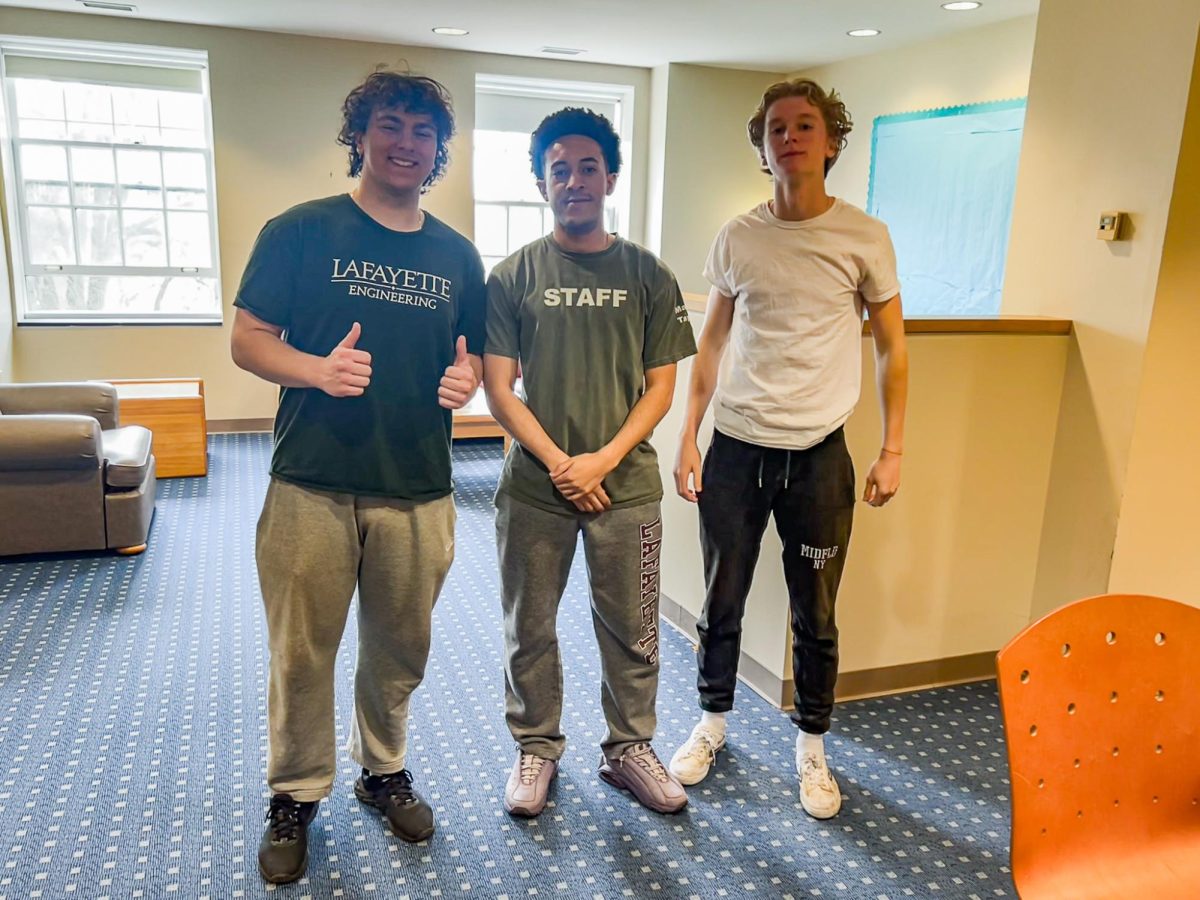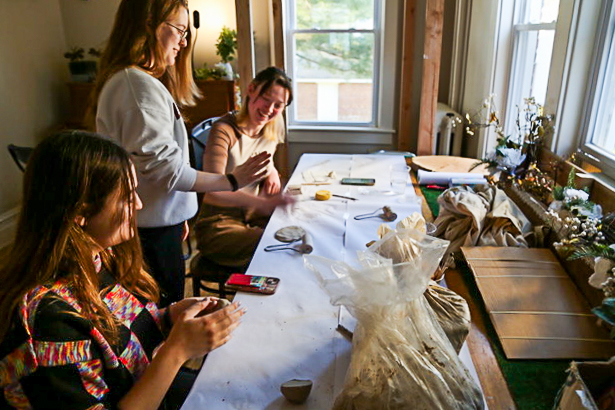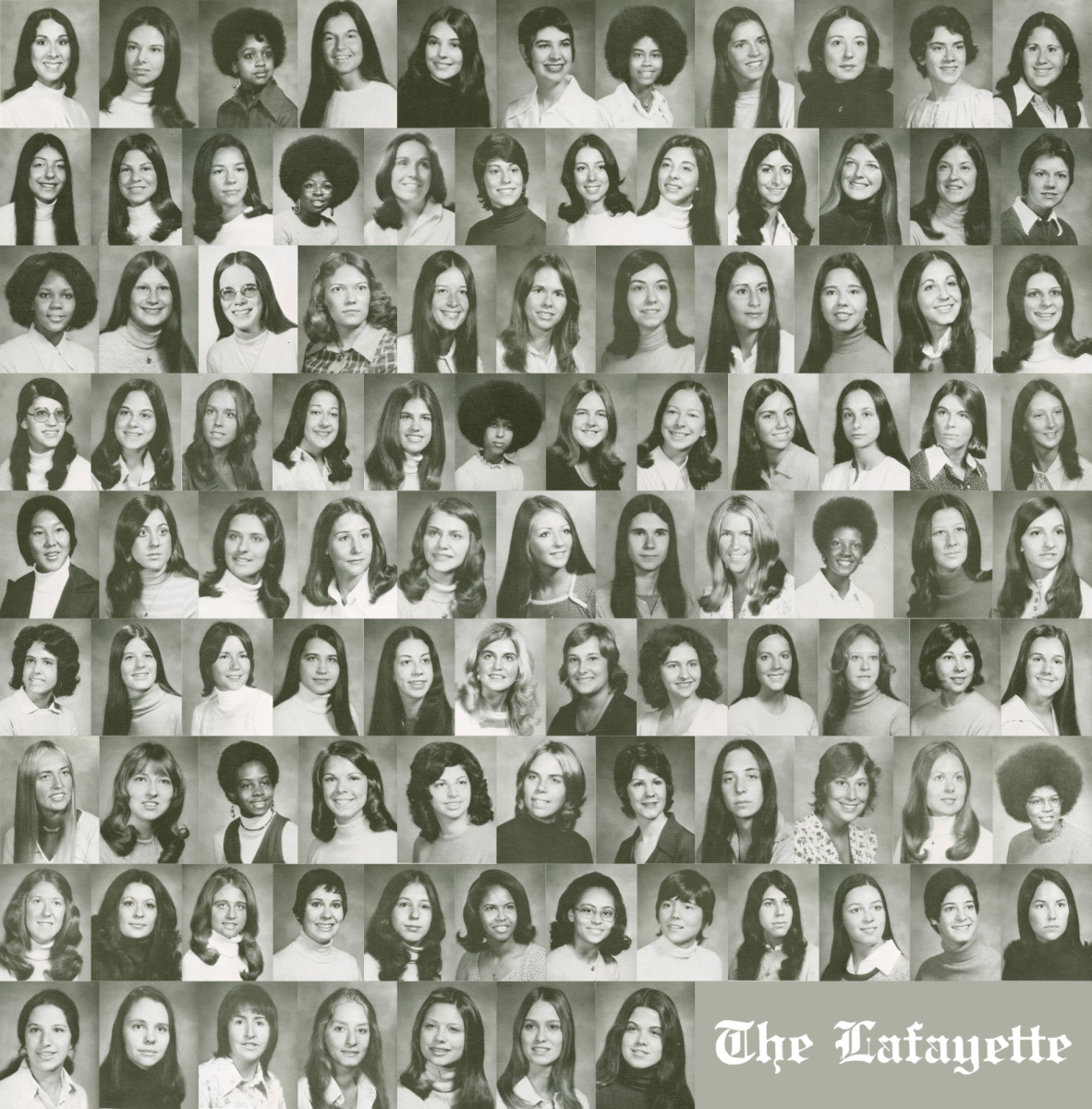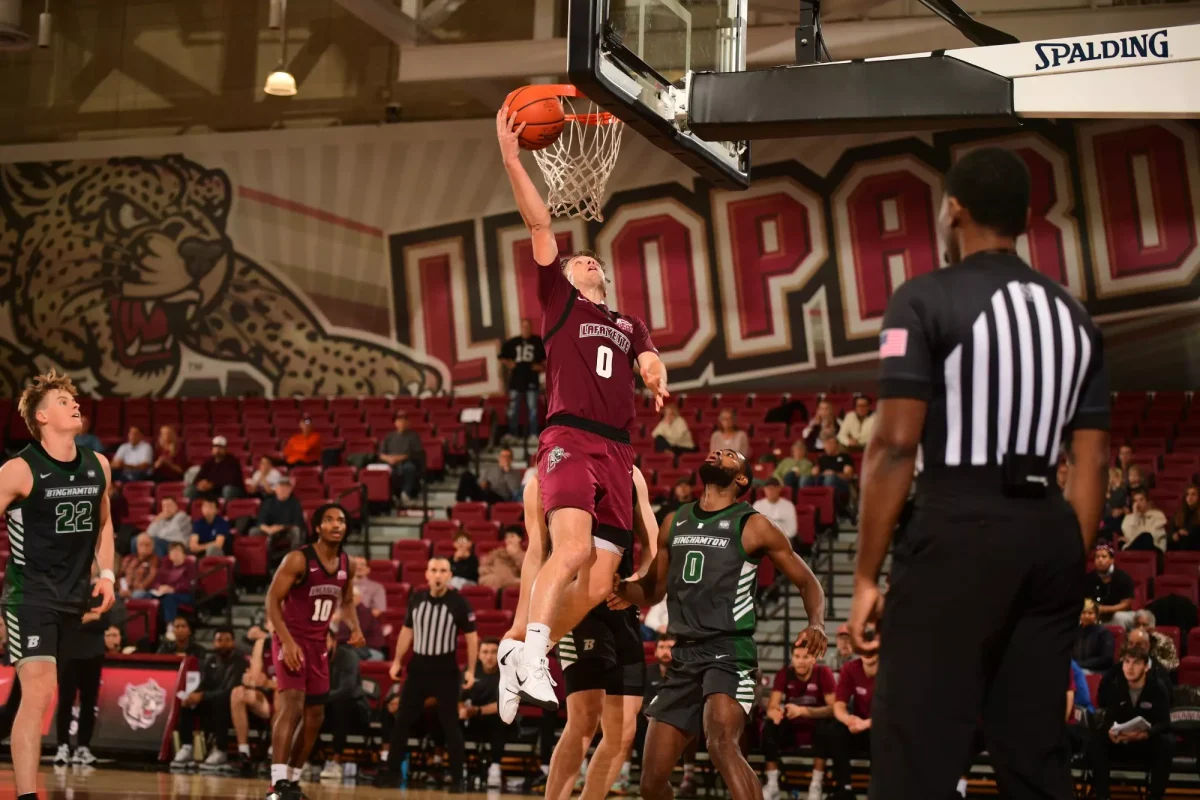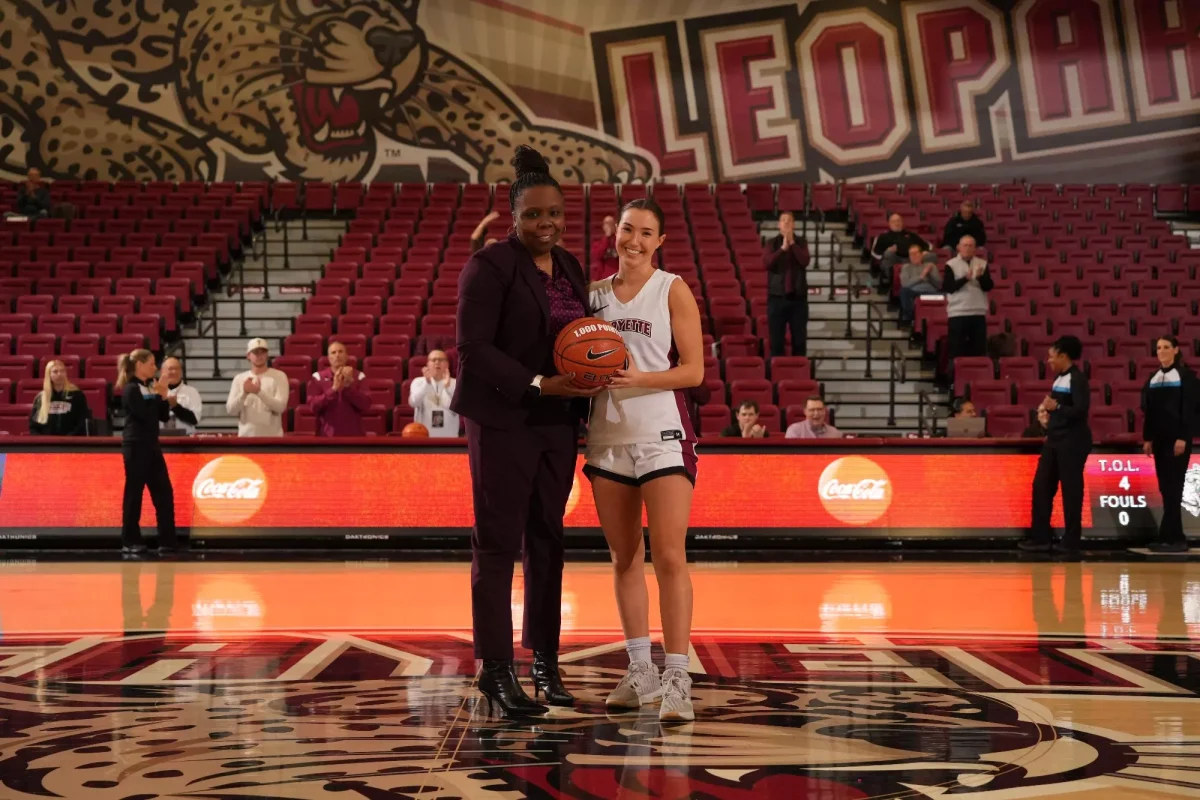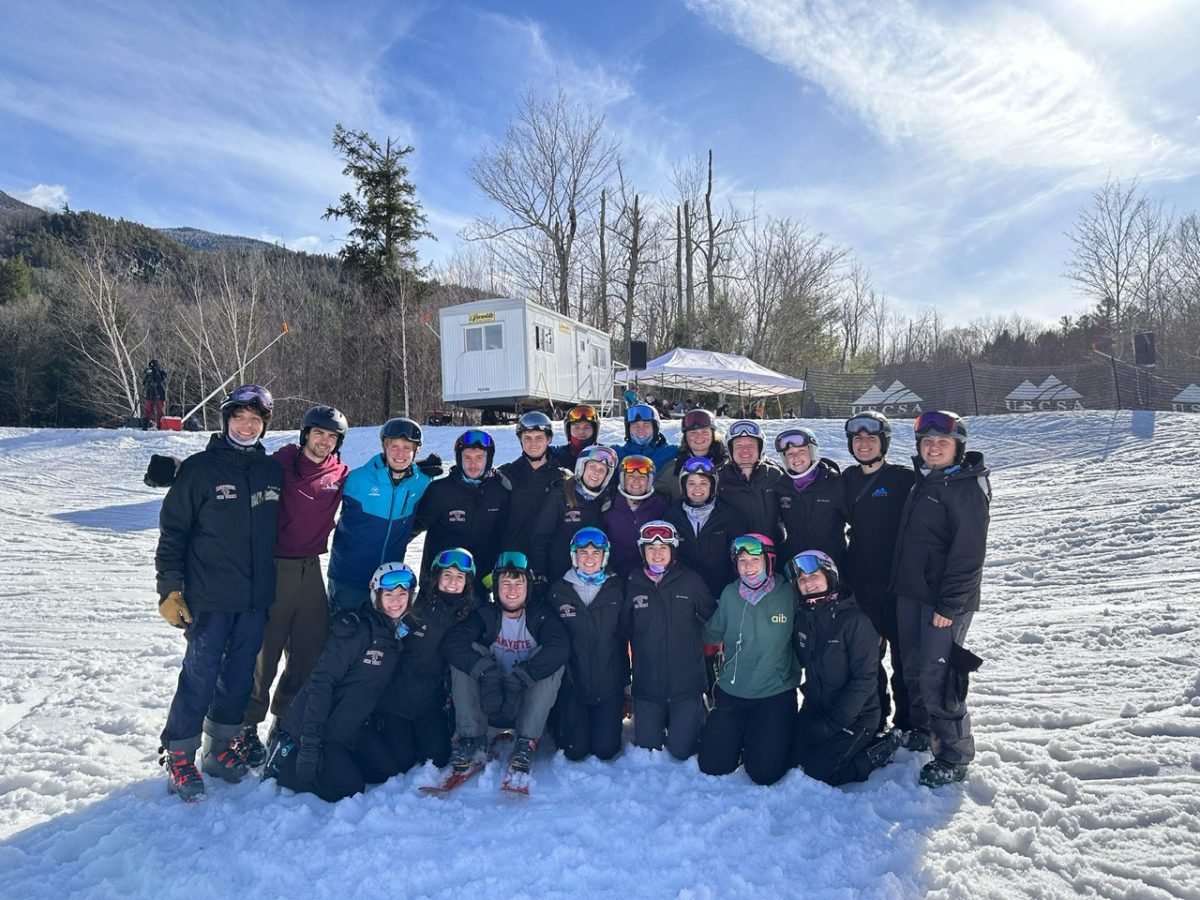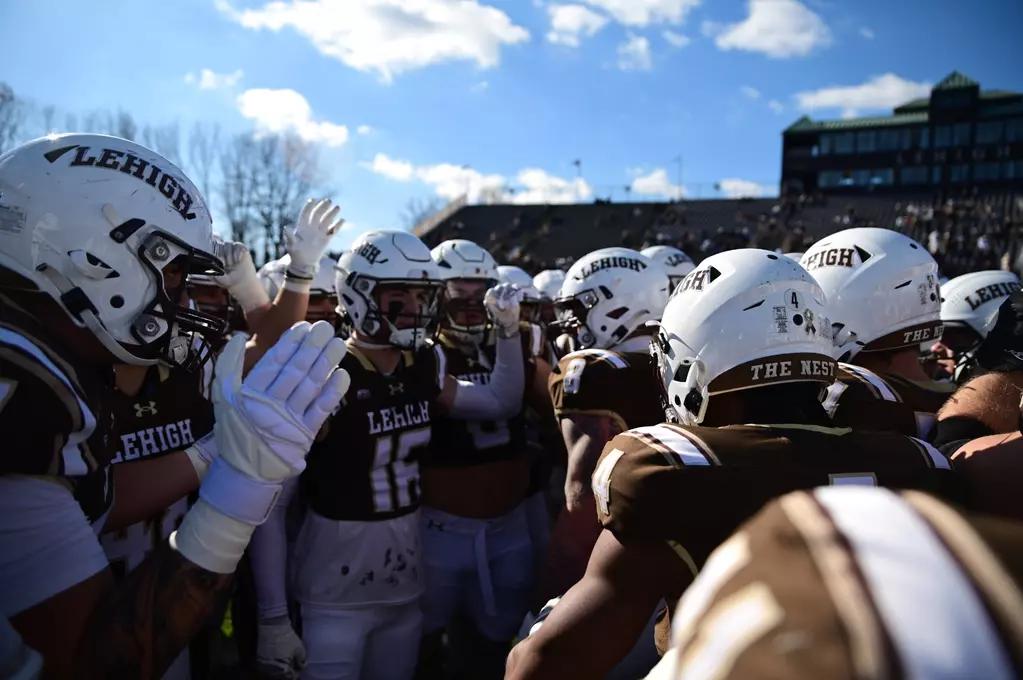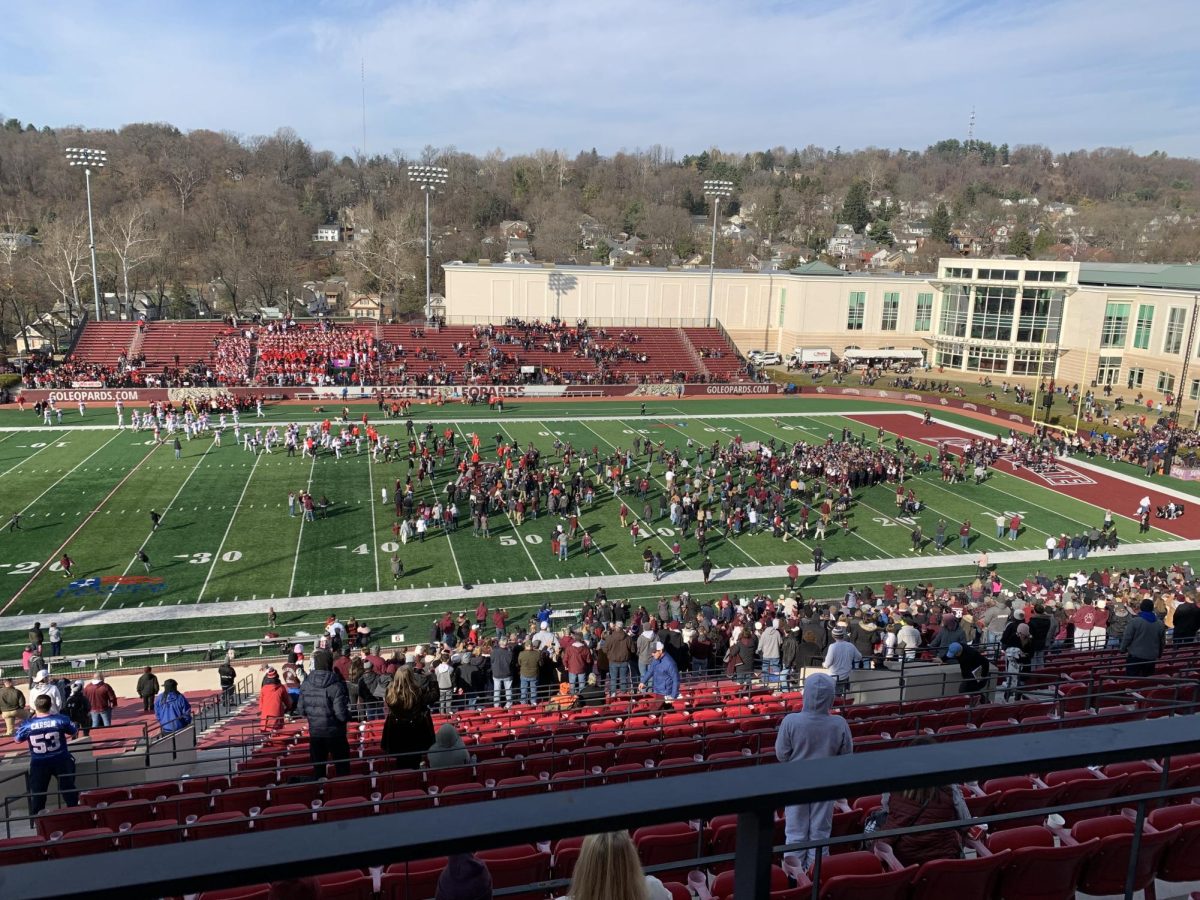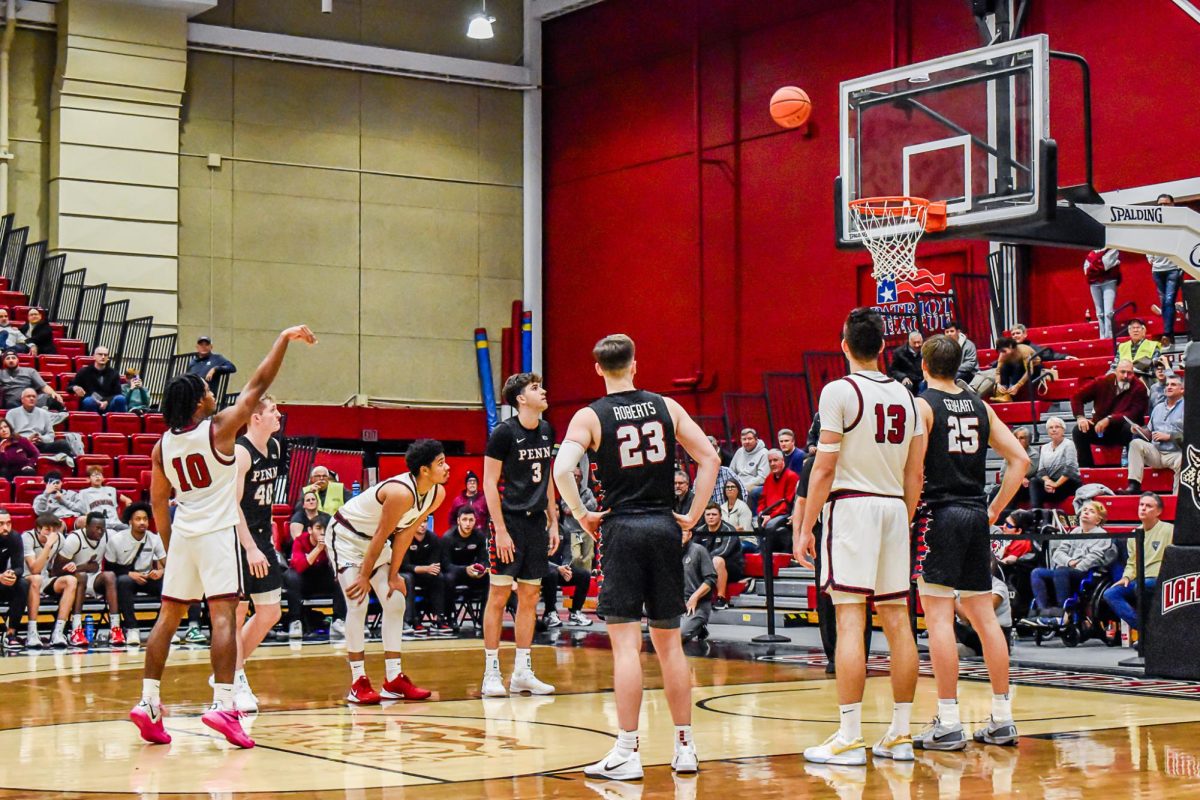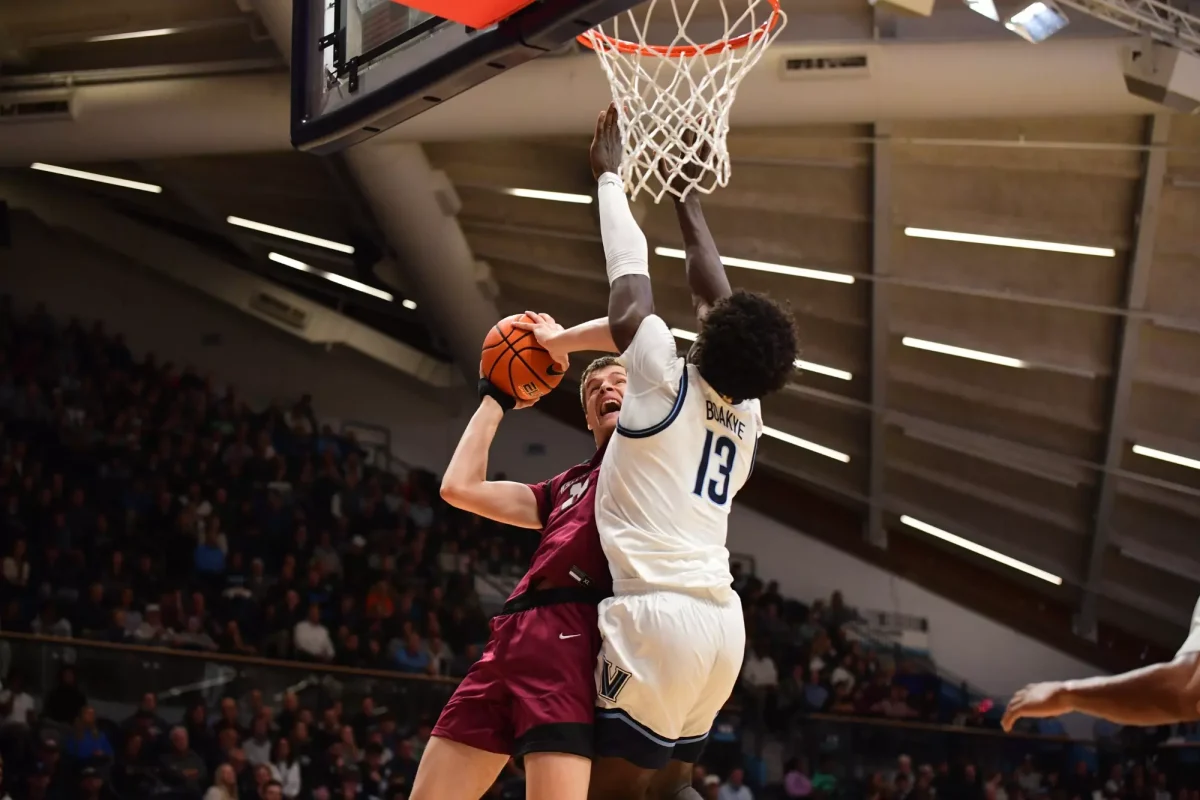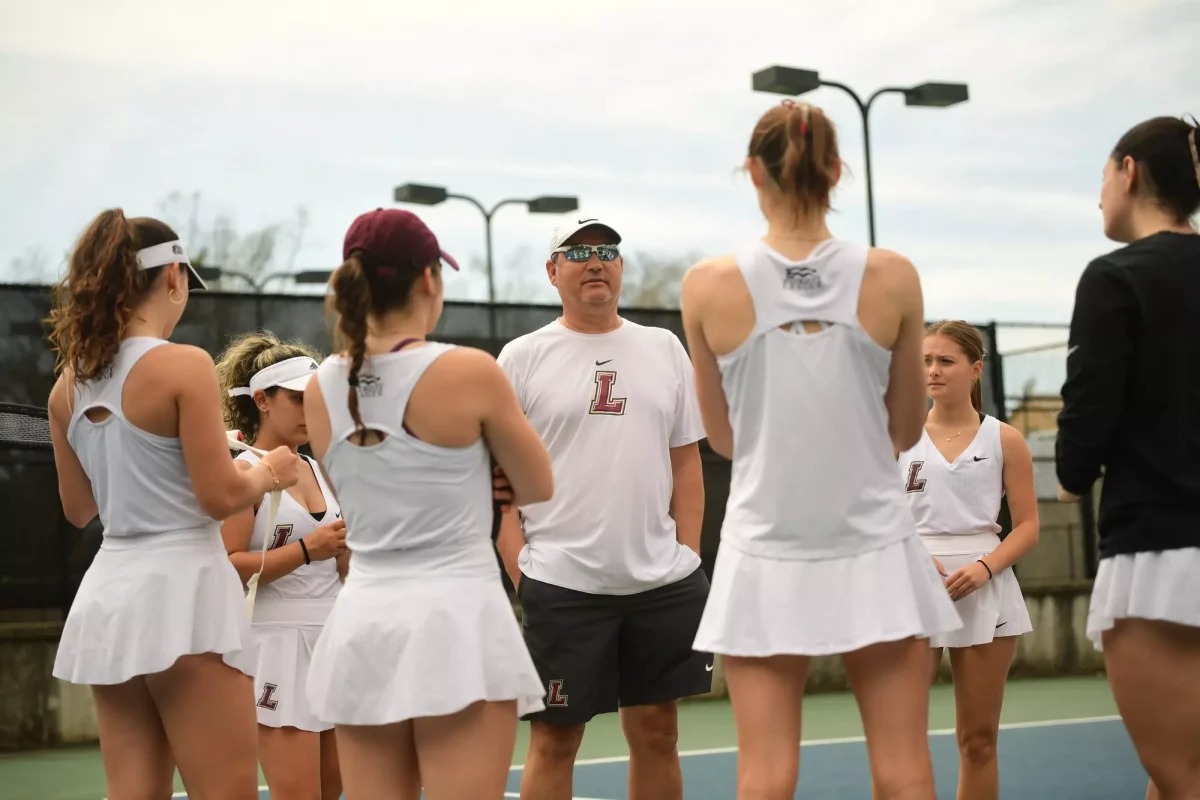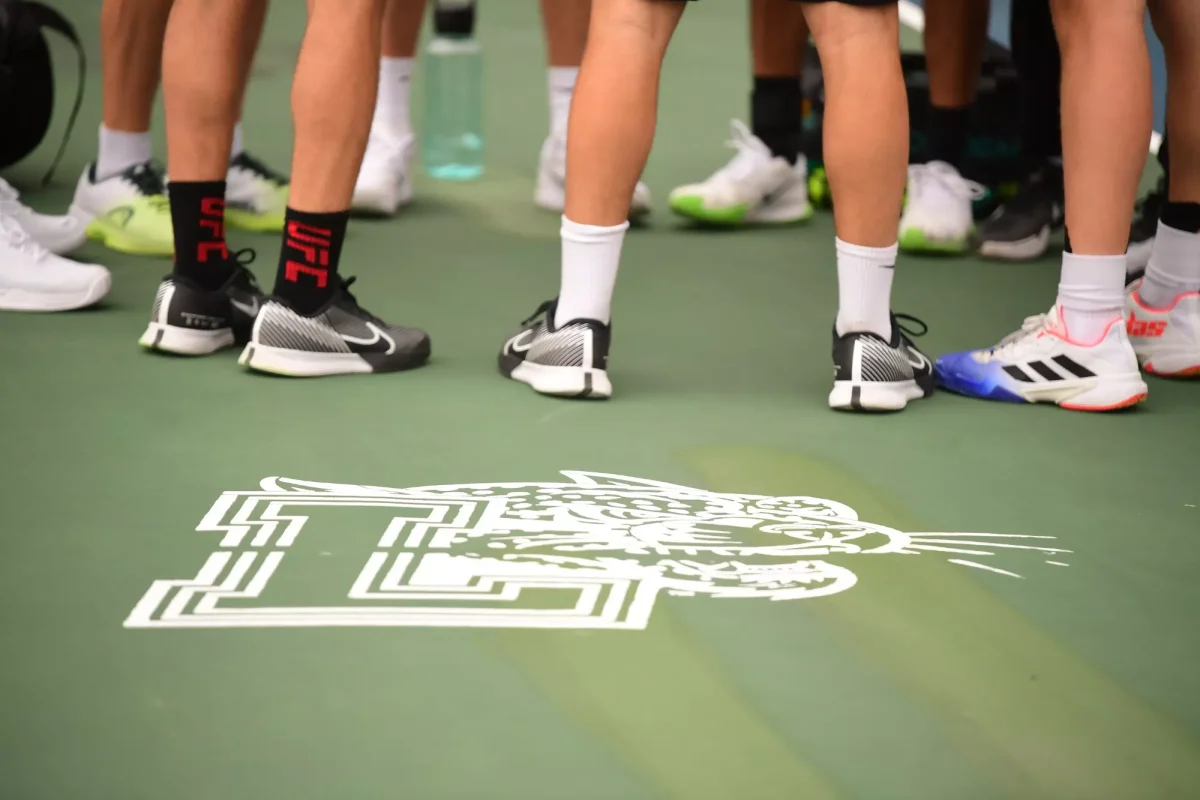What is a witch? Are they cackling green women on broomsticks? Beautiful sorceresses, who will lead to your salvation or ruin? Or just people who are different from the rest of the crowd? The First Year Seminar “Hocus Pocus” stirs up these questions.
“I think one of the dangerous but also interesting things about witches is that they can be anything because everybody kind of has their own idea,” said Emma Hetrick, the class instructor and College Writing Program coordinator. “This idea of ‘the witch’ has been co-opted again and again and used to support different agendas across time and space.”
“Hocus Pocus” analyzes witches through an interdisciplinary and intersectional lens. Hetrick was inspired to create the course due to her enchantment with colonial North America as well as her consumption of movies, television and popular books that are centered around witchcraft.
Hetrick thought that focusing on witches, especially historically, would “be a really interesting way of thinking about how people are labeled as certain things” and “how those labels either benefit them or harm them.”
From children’s books like Roald Dahl’s “The Witches” and horror novels like “Rosemary’s Baby,” to real-life transcripts from the Salem witch trials, students of “Hocus Pocus” study conjurations of the witch across culture and media.
“It’s definitely been interesting to see how the idea of the witch has changed from looking at just magical beings of very early cultures to the more modern interpretations,” said Abigail Feeley ‘28, a student in the class.
“As society’s opinions change and as values change, that reflects witches’ reception,” she continued.
One of the main themes of “Hocus Pocus” is about what types of women are labeled as witches by society and whose perspectives have been cloaked by dominant social groups. Hetrick said that her class has explored how the persecution of “witches” and outsiders has transformed across history, from witch trials to more modern forms of “witch-hunting” in the rhetoric of American politics and book-banning.
“We talked a lot about depending on whose perspective is being prioritized, the story ends up looking a lot different,” Hetrick said. “The historical record may reveal one thing, but there’s so much that gets left out because of what the priorities are and who has power and agency in creating that historical record.”
Apart from the discussions that are held during class, Hetrick has students analyze the role of witches in their everyday lives through opportunities outside of the classroom. One project students were assigned was to create displays for the Easton Area Public Library promoting children’s books about witches. These displays were accompanied by dynamic materials like word searches and mock newspaper articles.
The final paper for the class will ask students to select a fictional character or real-life person and write “about them through the lens of being a witch and how that changes our understanding of them,” according to Hetrick.
She is also planning on taking the class to see the cinematic adaption of the Broadway hit “Wicked” when it comes out in theaters.
“I think it’s really cool that Professor Hetrick is not only promoting the topic of her class but also the community,” said Jessi Kleiber ‘27, the writing associate for the course.
Hetrick hopes that the class breaks down students’ previous conceptions of academic scholarship.
“I don’t think a lot of people would automatically think witches is something that you should study in the college classroom,” Hetrick said. “I feel really privileged that I’m able to teach this class, that we’re able to have the conversations we have.”
“Everything that they learn about in the class, they can take with them to other classes, but also has relevance to them in their lives,” she continued.

